Black-crowned Night Heron Nycticorax nycticorax
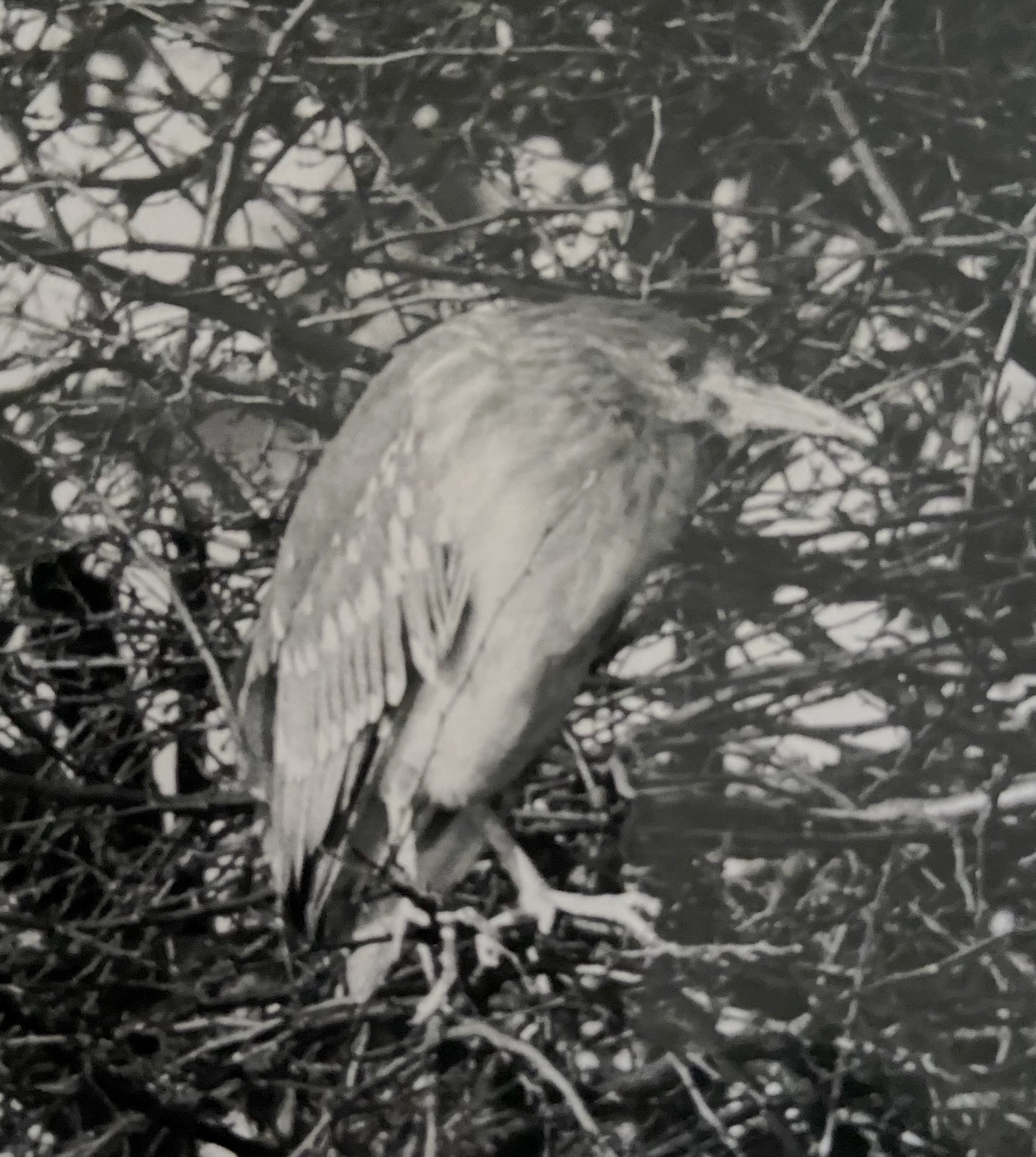
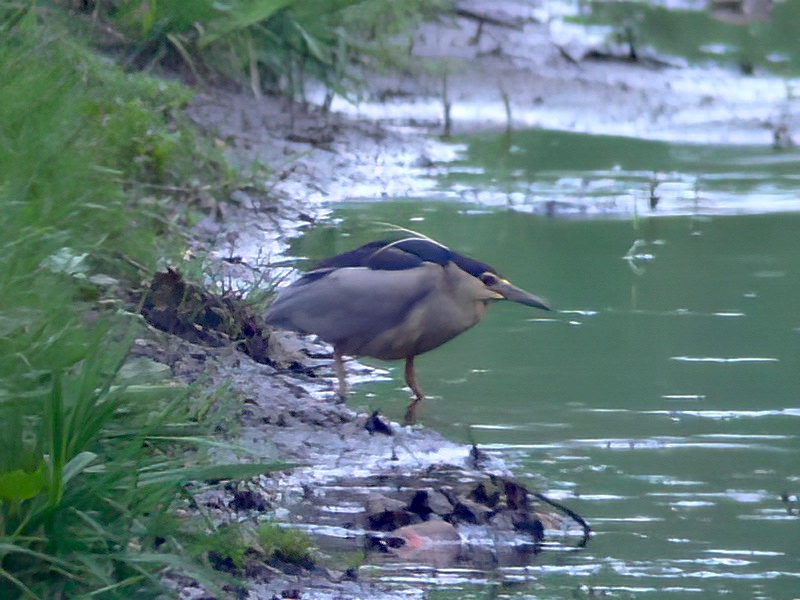
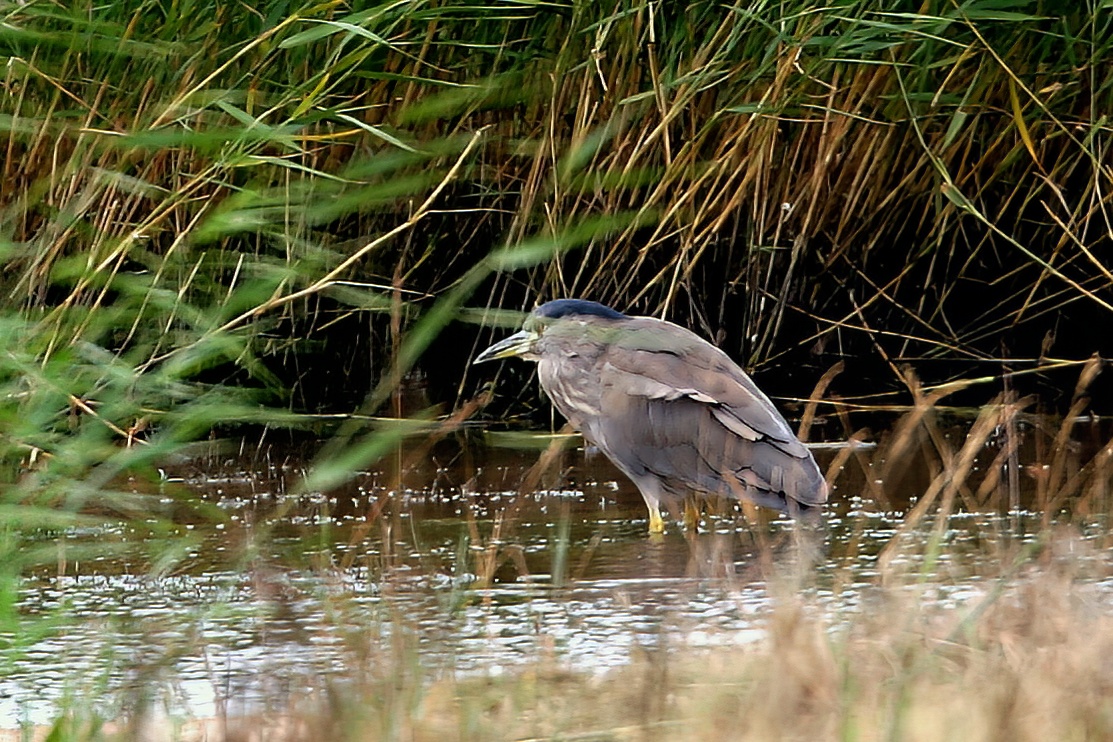
An immature bird shot on the foreshore at Tetney in November 1888 was the first record, but it was nearly a century later that the second, also an immature, was found along a waterway in Boston in November 1973. The third record, another immature, was found at an old brick pit in Skegness in December 1979, then later found dead, shot, in January 1980. It had been ringed as a nestling near Belyayevka on the Black Sea coast of Ukraine in June 1979, some 2,250 km to the east. The total number of county records now stands at 21 involving 19 individuals. Of those that were aged, 10 were juvenile or immature birds, seven were adults. The adults were seen between Mar 25th-Jun 3rd, the immatures were seen Apr-May in the spring and Aug-Jan in the autumn/winter, extreme dates Aug 29th-Dec 30th. Over the years occasional free-flying birds of captive origin have been seen around Britain and one such individual was found roosting in Hawthorns, Crataegus monogyna, along the Maud Foster Drain in Boston. It had three plastic rings identifying its location as Edinburgh Zoo. This is not included in the county record.
There have been some extraordinary influxes into Britain some years, with the 53 in 1987 and 61 in 1990. The species was ex-BBRC in 2002 by which time there had been 449 records, 1950-2002.
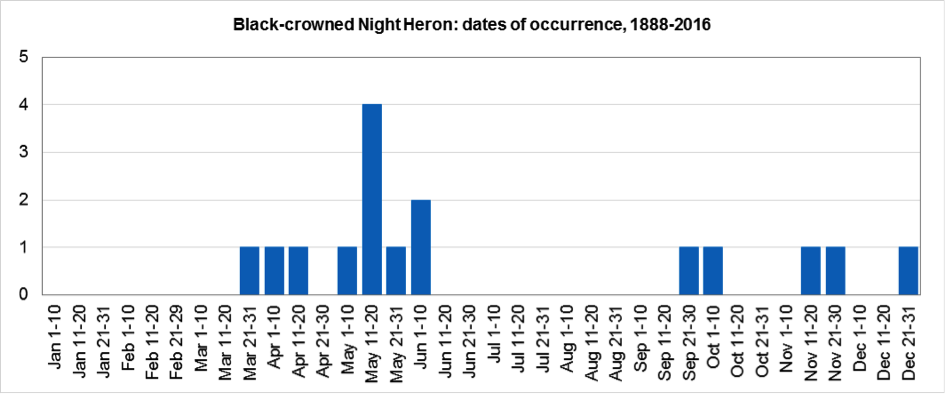
| Site | First date | Last date | Count | Notes |
| Tetney | 26/11/1888 | - | 1 | Immature bird, shot by a wildfowler |
| Boston | 13/11/1973 | 19/11/1973 | 1 | Immature in drainside bushes |
| Skegness | 30/12/1979 | 04/01/1980 | 1 | Immature, Ukrainian-ringed bird, shot. |
| Saltfleetby-Theddlethorpe NNR | 14/05/1983 | - | 1 | |
| East Halton/ Goxhill | 05/10/1986 | 12/10/1986 | 1 | 2CY |
| Gibraltar Point NNR | 03/05/1987 | 04/05/1987 | 2 | Two 2CY birds flew in-off the sea. |
| Barrow Haven | 03/06/1987 | - | 1 | Adult |
| Wainfleet Marsh | 01/06/1988 | - | 1 | Adult in seabank bushes |
| Frampton Marsh | 25/03/1990 | 04/04/1990 | 1 | Unprecedented UK influx in 1990 |
| Dunsby | 29/08/2002 | - | 1 | |
| Buslingthorpe | 13/11/2002 | - | 1 | 1CY bird |
| Pike Drain, North Hykeham | 15/04/2006 | 30/04/2006 | 1 | |
| Gibraltar Point NNR | 19/05/2007 | - | 1 | Adult flew over at dusk |
| Gibraltar Point NNR | 22/05/2007 | 23/05/2007 | 1 | Same adult, flew over at dusk again |
| Gibraltar Point NNR | 21/09/2007 | 17/10/2007 | 1 | 2CY bird, roosting with Little Egrets in a hawthorn hedge. |
| Barton Pits | 05/04/2008 | - | 1 | Immature |
| Barton Pits | 19/04/2008 | - | 1 | Same immature bird |
| Saltfleetby-Theddlethorpe NNR | 30/05/2009 | - | 1 | |
| Hospital Farm, Holbeach St Marks | 29/05/2012 | - | 1 | 2CY bird |
| Burgh-le-Marsh | 10/05/2015 | 13/05/2015 | 1 | Adult |
| Water's Edge CP | 25/06/2022 | - | 1 | Adult, caught on camera trap, not seen by birders! |
| Anderby Creek | 07/04/2023 | - | 1 | Adult |
| Huttoft Bank | 01/05/2023 | - | 1 | |
| Saltfleetby-Theddlethorpe Dunes NNR | 15/05/2023 | 17/05/2023 | 2 | Two adults on the Gt Eau from the Seaview end. |
| Gibraltar Point NNR | 08/06/2023 | - | 1 | Immature bird. |
Finder’s report: Night Heron at Boston College of Further Education, November 13th, 1973.
by B. Kettle and R. Pearson.
Note: this account is taken from the original BBRC submission and is the second county record, but the first in the modern era. The Rarities Committee noted that surprisingly there were only three records of this species that has averaged seven individuals annually during 1968-72. The grand total for Britain and Ireland at the time was over 230.
Circumstances
Weather: sunny periods with occasional showers. Cold. Wind W, force 7-8; duration of observation: 11.20-11.40 hr, at a distance of 10-12 feet.
On Tuesday 13th November I (BK) observed a Heron-type bird sitting in a Hawthorn tree situated on the Maud Foster Drain bank just outside the College. I was able to approach very closely and took some field notes, then rang up George Evans at Gib. I thought it might be a Squacco Heron (never having seen one before) but George said it sounded like a Night Heron. As the bird seemed intent on staying put, I then rang up Roy Pearson and he came and took the enclosed field notes. The only thing I can add to these is that the bird was not ringed and that earlier, in brighter light, the leg colour appeared olive-green. The bird stayed until 4.30pm on that day then flew away and has not been seen since.
Bird sat quite still in a tree by the edge of a large drain, allowing approach to within a few yards. Occasionally raised its head slightly and shifted position twice, but appeared rather content, even sleepy. Very reluctant to fly.
Description
Annotated image of Roy's original sketch, November 13th, 1973. Description continues below.
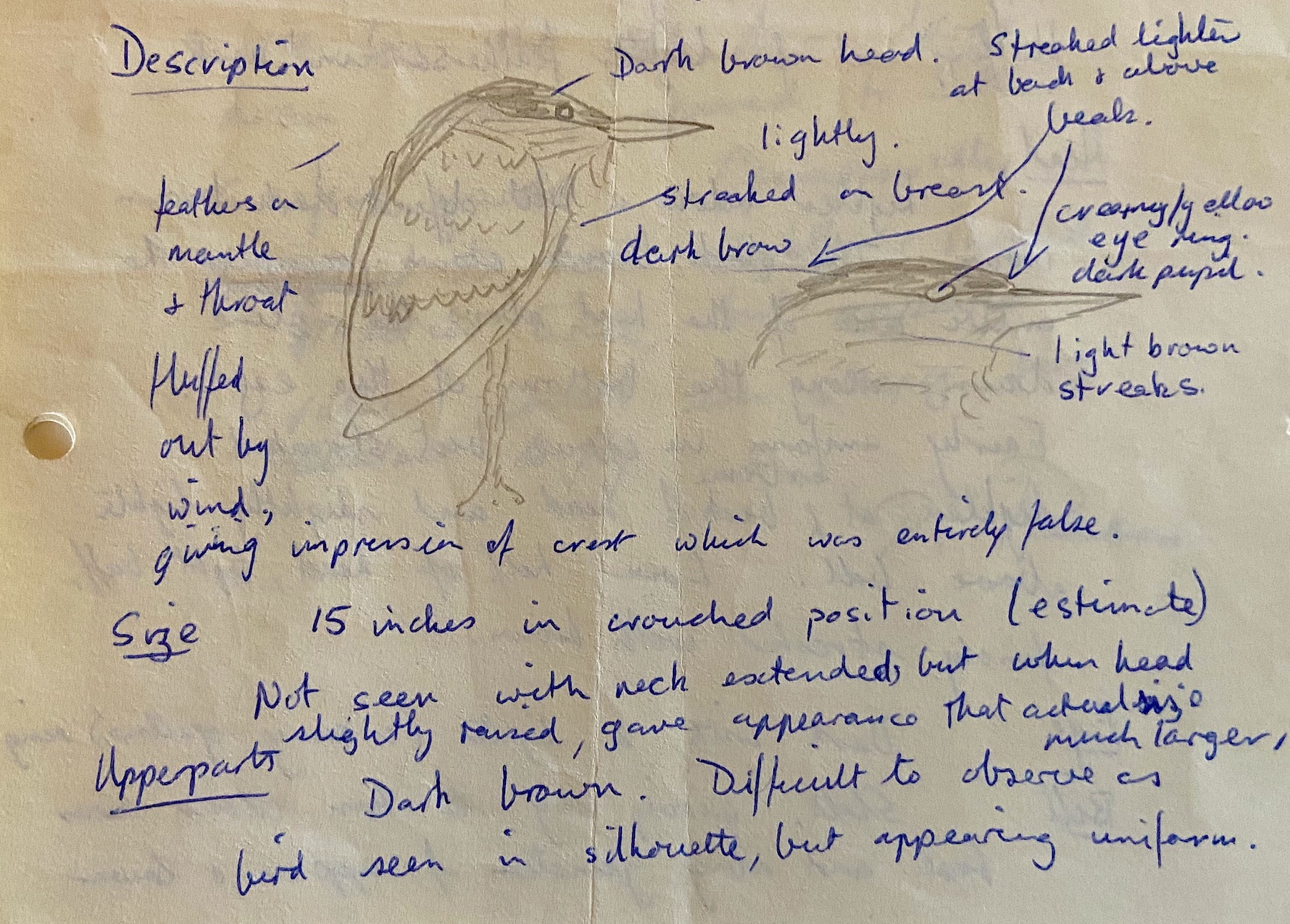
Wing
Uniform brown, but with prominent light buff margins to greater, median and lesser coverts; lesser covert markings less prominent.
Underparts
Warm buff, with brown and light buff streaks, lighter on belly. Feathers blown out by wind over carpal joints gave impression that there was a lighter patch, but this was quite clearly seen to be erroneous as bird moved. Appearance also given of a collar, due to its fluffing out of lighter feathers around neck.
Head
Lighter below with a well-defined dark brown crown, which occupied the entire area of the head above a line drawn along the bottom of the eye. Fairly uniform in colour but streaked lighter at extreme back of head and slightly lighter above bill. Lower half of head light buff, finely streaked with brown. Eyes were dark with a lighter (creamy-yellow) ring. Bill was slate, giving way to horn colour near base and along junction of upper and lower mandibles.
Legs
Extremely difficult to observe because of light conditions and twigs in tree. At first thought green but from clearer vantage point, seen to be more yellowish-horn colour.
(Account prepared November 2017; updated with reference to new Birds of Lincolnshire (2021), September 2022)

